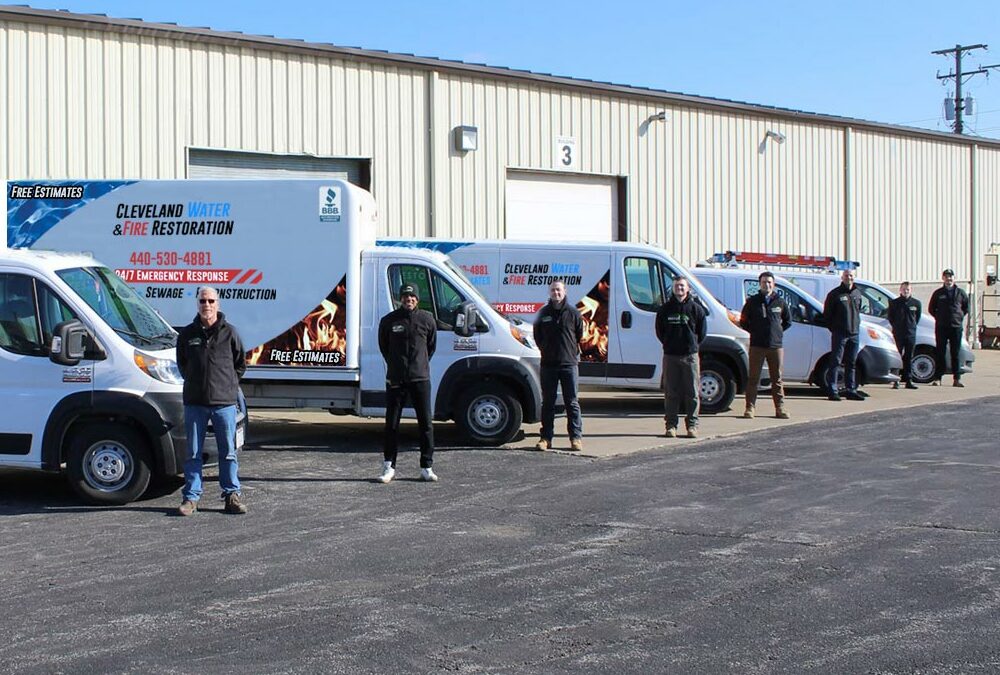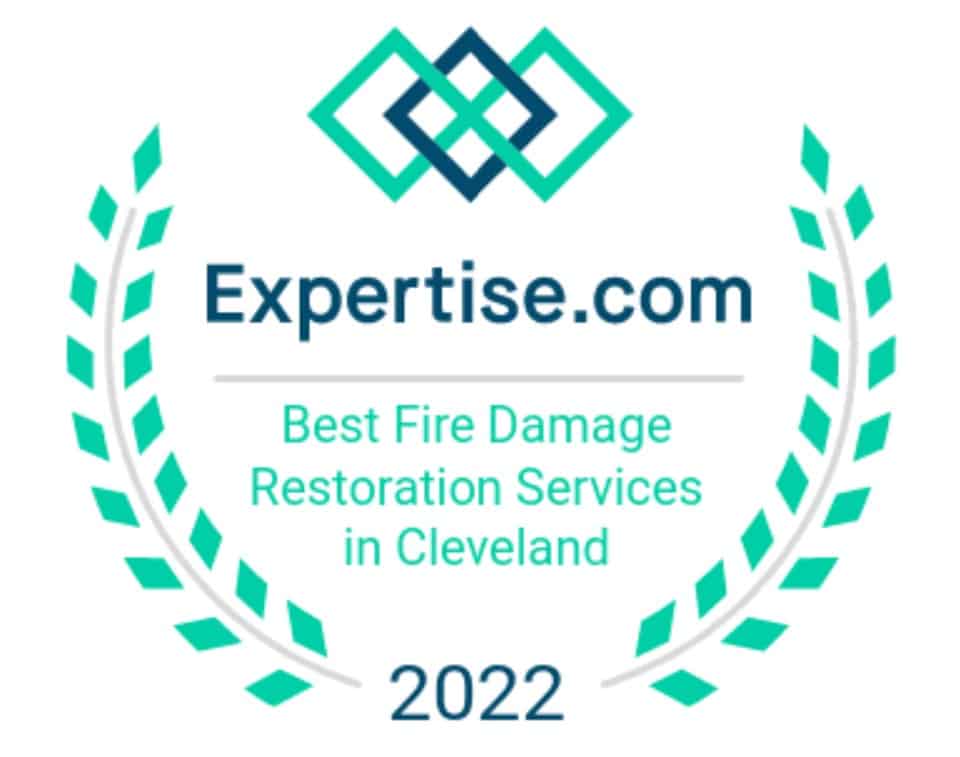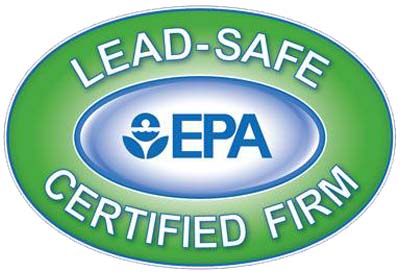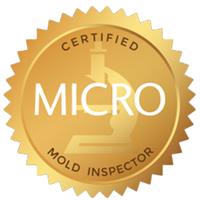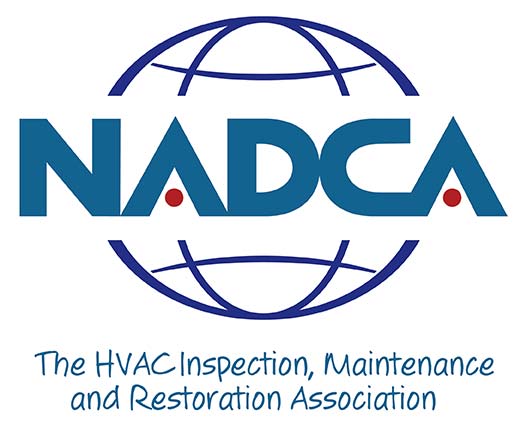Ready to bust some myths and clear the air about mold remediation? We’re diving into six common misconceptions that might be lurking in the corners of your mold knowledge. Mold can be tricky, and so can the myths surrounding it.
As Northeast Ohio’s go-to damage pros, we’ve seen these misconceptions rear their heads too often. Time to set things straight, from debunking the idea that mold only loves messy spaces to kicking the bleach-only solution to the curb. Get comfy – we’re about to unveil the real deal on mold remediation. Let’s get rid of those myths and make your space mold-free!
Table of Contents
1. “Mold Only Grows in Dirty Homes”
Ah, the classic myth – only dirty spaces play host to mold. Time to shake that belief off! Mold doesn’t discriminate based on your cleaning habits. Even the neatest and cleanest of homes can find themselves in a moldy situation. The key here is understanding that mold thrives in environments with moisture, warmth, and organic material – cleanliness isn’t the only factor.
In reality, mold can pop up in unexpected places, lurking behind walls, beneath carpets, or in hidden nooks. Any water damage, no matter how small, can create the perfect breeding ground. So, don’t be hard on yourself if you spot mold – it has much more to do with addressing moisture issues than your cleaning routine.
Understanding what causes mold growth is crucial to catching it in what might seem like unlikely places. And before it gets out of control. Leaks, humidity, and poor ventilation can all lead to mold taking residence. So, let’s debunk the idea that only dirty homes face this issue. Even the cleanest house can be at risk! Everyone should keep their eyes open for potential mold problems, regardless of how clean their house is on the surface. Mold is an equal-opportunity invader, and recognizing what it needs to thrive is the first step in both avoiding and removing it.

2. “Bleach is the Ultimate Mold Remover”
Ever heard that bleach is a one-size-fits-all solution for mold removal? It’s a common belief, and the idea seems appealing – a simple trip to the grocery store for a gallon of bleach, and your mold problems vanish. However, the reality isn’t that simple.
Bleach is effective at killing surface mold, but it’s unable to do more than that. Any porous materials are beyond what it can handle. Bleach can only kill mold that it comes in contact with. Chlorine bleach, the active ingredient, is designed not to penetrate, leaving the roots of the mold unharmed. In fact, bleach is predominantly water (about 94-95%). And what does mold love more than water?
Some “professional” advice even suggests using a 1:10 bleach-to-water ratio, claiming that it will enhance bleach’s mold-killing properties by penetrating below the surface of the mold. However, the reality is that the bleach will still remain on the surface, while the water soaks below it. This feeds the roots of the mold and makes the problem worse than before.
While bleach is excellent for disinfection, it falls short as a mold remover. It might kill on the surface, but the roots persist. The water content in bleach only feeds the mold, often leading to a recurring problem.
For effective and lasting mold removal, it’s crucial to rely on professionals who have the knowledge to get the job done right the first time. Cleveland Water and Fire’s sister company, Mold & Air Duct Pros, have the expertise needed to guarantee that mold is removed correctly and thoroughly. Don’t let this misconception lead to ongoing issues – find professionals that you can trust and don’t try to DIY cleanup with bleach!
3. “Mold Remediation is a DIY Project”
In the age of online tutorials and DIY enthusiasts, the idea of tackling mold remediation on your own might seem completely doable. However, this misconception can lead to significant issues, putting both your health and the effectiveness of the remediation process at risk.
Mold remediation takes more than just a can-do attitude and a willingness to scrub surfaces. It involves a deep understanding of mold types, appropriate removal techniques, and the necessary safety precautions. DIY attempts often fall short, missing hidden mold and allowing it to thrive unchecked.
Mold spores can easily become airborne during cleaning, leading to potential health hazards and the spread of mold throughout your home. Another common DIY problem comes from using cleaning solutions that aren’t quite good enough. They might not entirely get rid of the mold, resulting in it coming back- maybe even worse than before.
Professional mold remediation services, such as those provided by Mold & Air Duct Pros, offer expertise, experience, and specialized equipment. Our team is trained to identify different types of mold that are specific to the Cleveland area and assess the seriousness of the infestation. We then use remediation methods that work.
Attempting to handle mold remediation on your own may save money upfront but can lead to costly consequences in the long run. Protect your health and your home by trusting experienced professionals to manage mold remediation thoroughly and effectively.
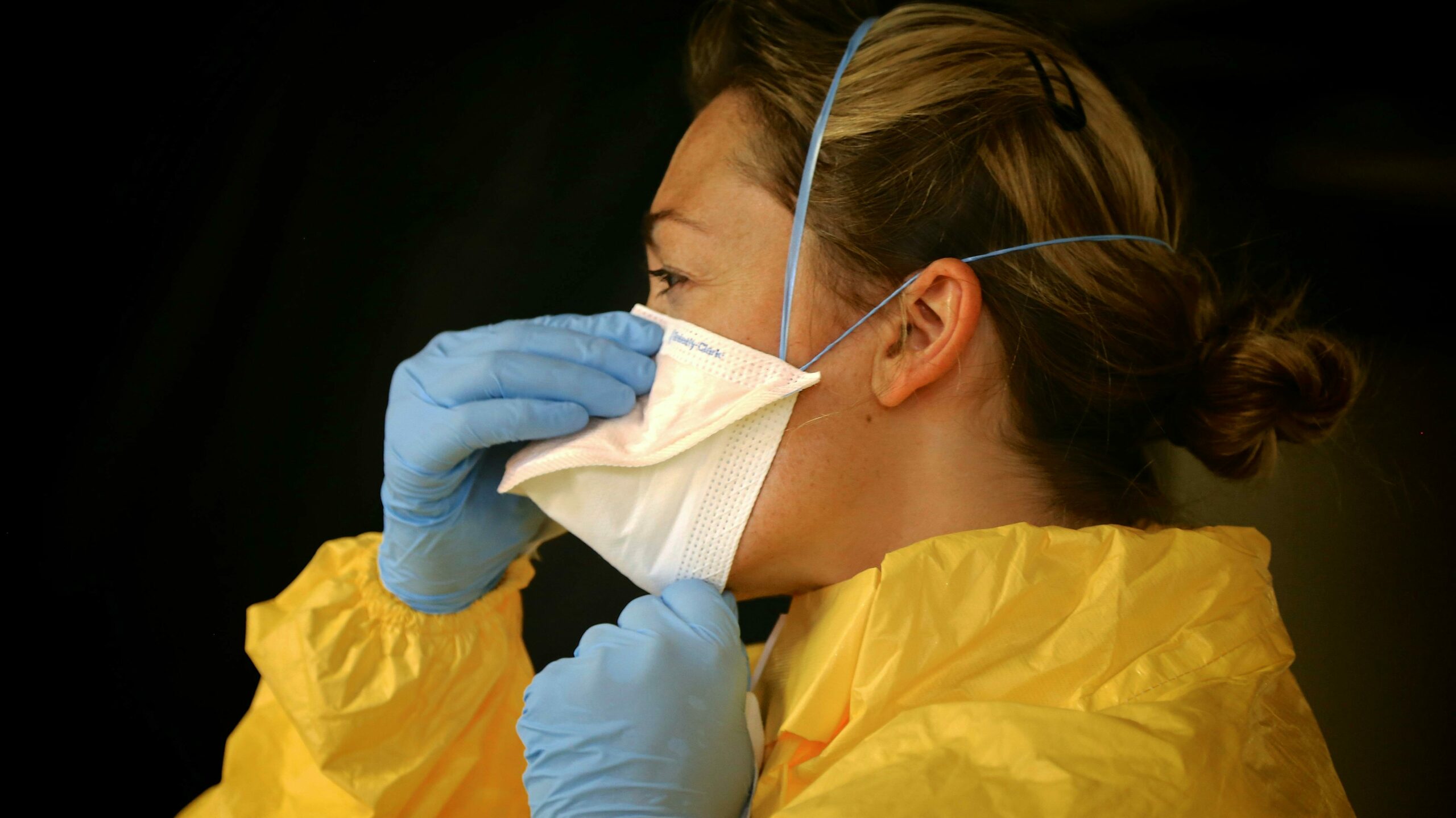
4. “Mold Only Affects Those with Allergies”
Mold isn’t picky about who it targets. It can impact anyone, not just those with allergies. While it’s true that individuals with allergies are likely to experience more severe reactions, the effects of mold can be felt by those without underlying conditions, as well.
Mold produces mycotoxins, which can be harmful to anyone, leading to respiratory issues, skin irritation, and other health problems. Prolonged exposure to mold can compromise the respiratory system, causing throat irritation, coughing, and congestion. Molds also release spores into the air, and when inhaled, these spores can cause irritation to the eyes, nose, and throat. For those without mold allergies, symptoms may still arise from the irritants produced by molds.
In some cases, mold exposure can result in more severe health issues, particularly for individuals with weakened immune systems, respiratory conditions, or other pre-existing health concerns.
The misconception that only allergy sufferers are affected can lead to a dangerous underestimation of the risks associated with mold exposure. Even if you don’t have allergies, prolonged exposure to mold can pose health threats. It’s crucial to recognize that everyone, regardless of their allergies or health history, should address mold issues quickly to keep their living environment healthy.
Don’t assume you’re immune; mold doesn’t discriminate! If you suspect mold in your surroundings, consider seeking professional assistance.
5. “Mold is Only a Surface Problem”
The belief that mold is only a surface issue is a common misconception. While surface mold is visible, the true extent of the problem often lies beneath the surface. Mold has the ability to grow and spread in hidden areas, such as within walls, behind wallpaper, or beneath flooring.
Easily visible surface mold may be a sign that there is a more serious issue within the structure. And it’s not uncommon to have an infestation that’s entirely hidden! It could be hiding behind walls, under floors, or in air ducts (just to name a few places.) Mold spores can grow roots in porous materials, meaning that you can’t just address what’s visible! You have to get all the way down through the entire root system. Ignoring hidden mold can lead to stubborn problems and surface mold growth that comes back again and again.
Professional mold remediation involves comprehensive inspection and treatment, reaching beyond the surface to identify and eliminate mold at its source. DIY solutions may tackle visible mold, but they often fall short in dealing with the underlying problem within the structure. If you understand that mold is not only a surface concern, you are already set up for a more successful mold remediation.

6. “Mold Goes Away on Its Own”
The misconception that mold will disappear on its own is a common but inaccurate belief. Mold is a tough and stubborn organism that thrives in damp and humid conditions. Once it takes hold in an environment, it tends to persist and spread. Unlike some other issues that may resolve naturally, mold takes specific, targeted removal.
Leaving mold unaddressed can lead to more serious problems over time. Mold spores can multiply, causing the issue to worsen and potentially impacting the indoor air quality. Mold can also affect the structural integrity of materials it grows on, leading to potential damage and costly repairs.
Professional mold remediation is crucial for tackling mold growth down to the root. Trained experts assess the extent of the mold problem, identify the source of moisture making it grow, and implement targeted strategies for removal. Hoping that mold will vanish on its own may result in a worsening situation.
Conclusion
So there you have it! We’ve busted 6 mold myths, and you are on your way to being able to handle any mold problem that gets thrown your way. Do you still have some mold concerns or questions that you want to talk through with a pro? Don’t hesitate to reach out! Our team at Cleveland Water and Fire is here to guide you through the facts and steps to keep your space mold-free.


